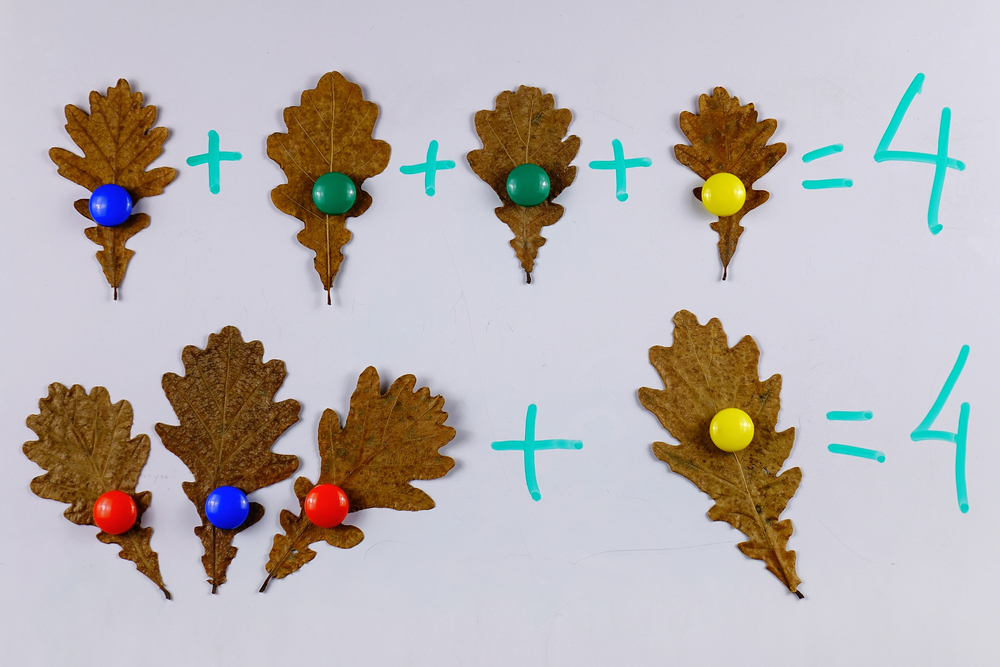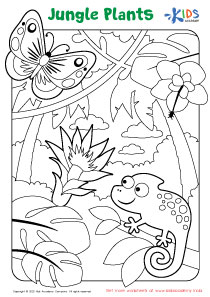Animal Classification Animals Worksheets
7 filtered results
-
From - To
Discover engaging "Animal Classification Animals Worksheets" designed to make learning fun for young minds! Our expertly crafted worksheets foster understanding of how different animals are categorized, from mammals to reptiles, birds, and beyond. Perfect for early learners, these printable resources help children grasp fundamental science concepts through interactive and educational exercises. Boost your child's knowledge with colorful, easy-to-follow materials that enhance their learning experience and spark curiosity about the natural world. Ideal for classroom use or at-home activities, our animal classification worksheets support both teachers and parents in nurturing a love for science.


Mammals and Reptiles Worksheet


Mammals and Birds Worksheet
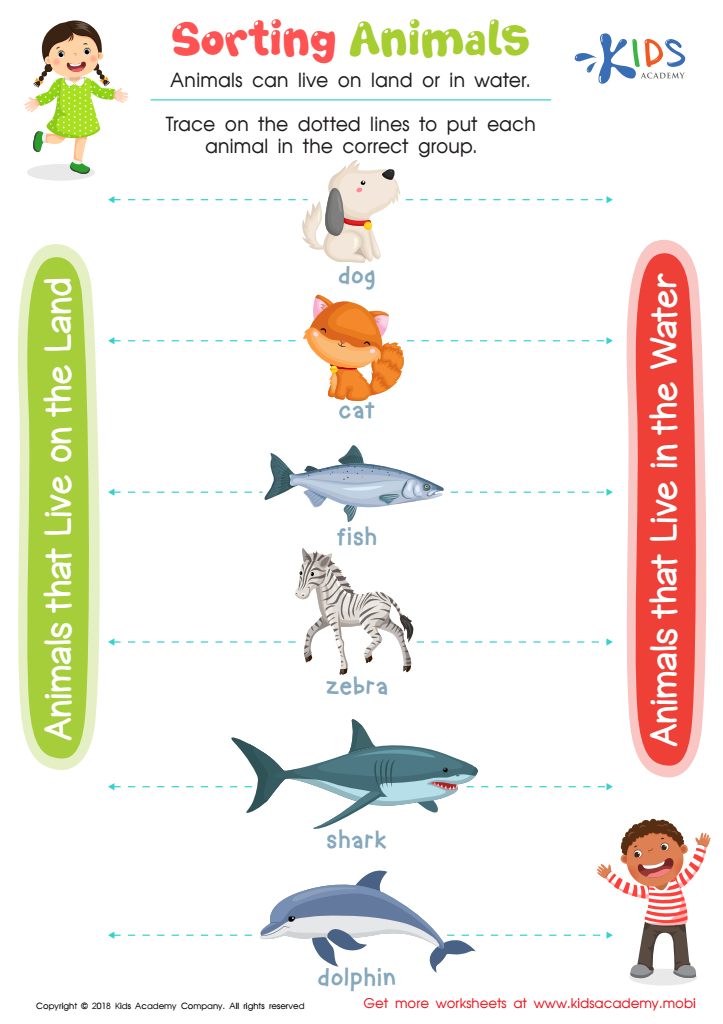

Sorting Animals Worksheet
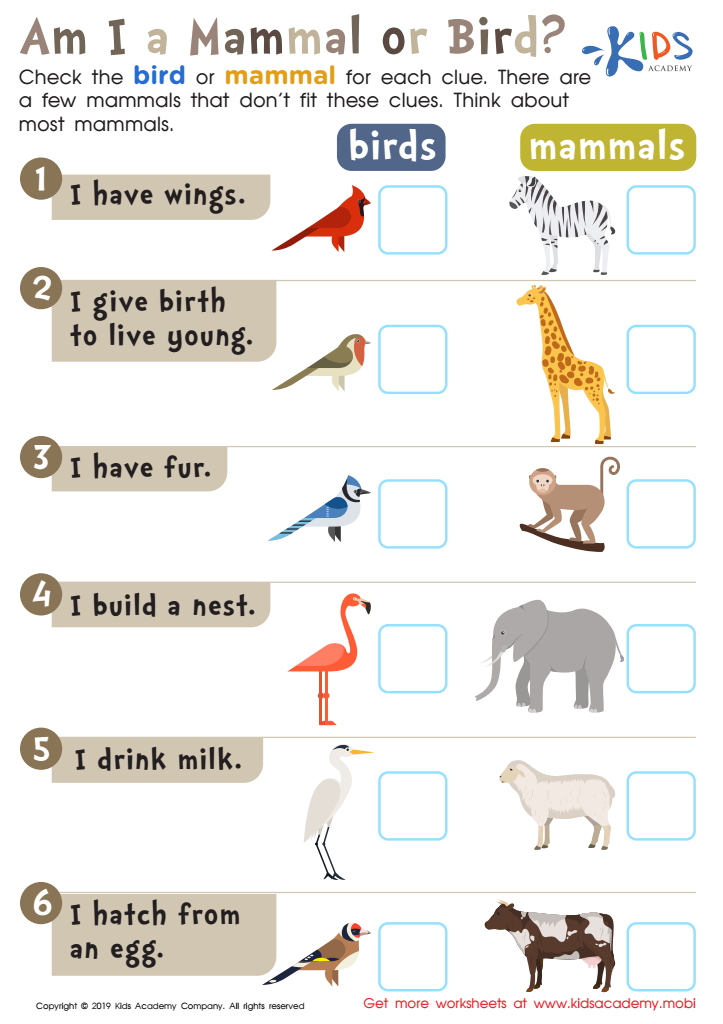

Am I a Mammal or Bird? Worksheet
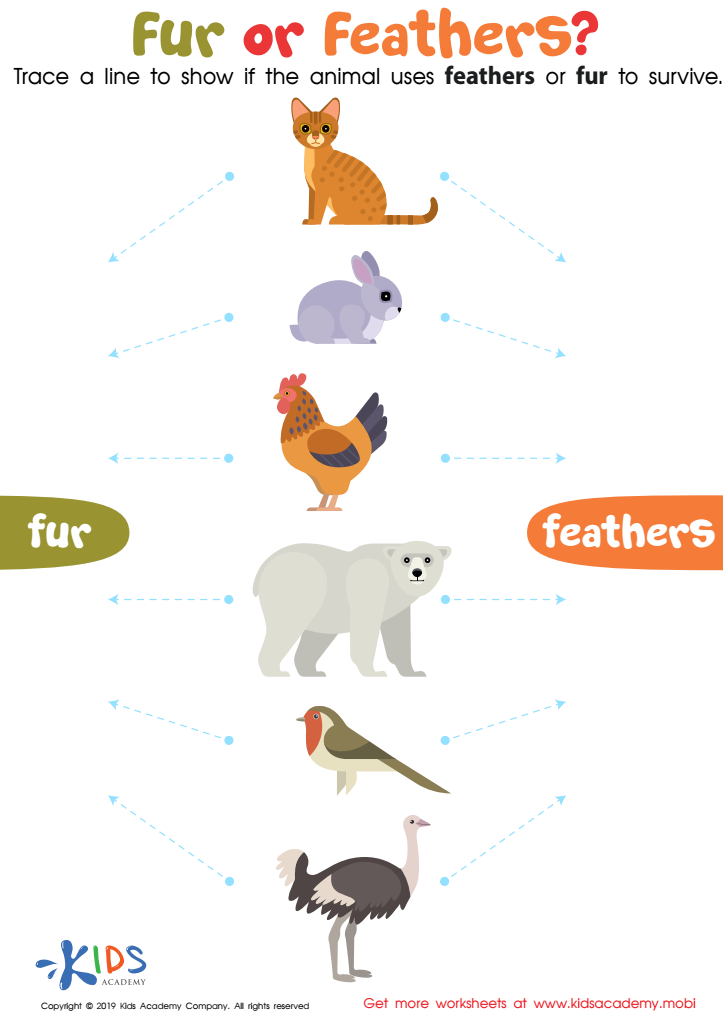

Fur or Feathers? Worksheet
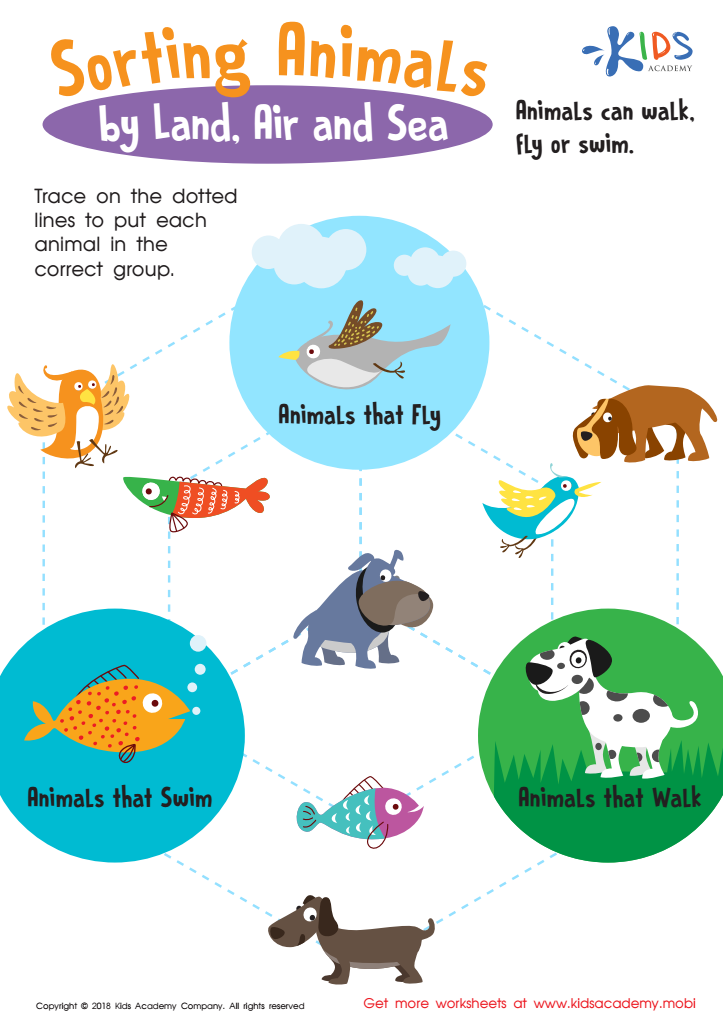

Sorting Animals by Land, Air and Sea Worksheet
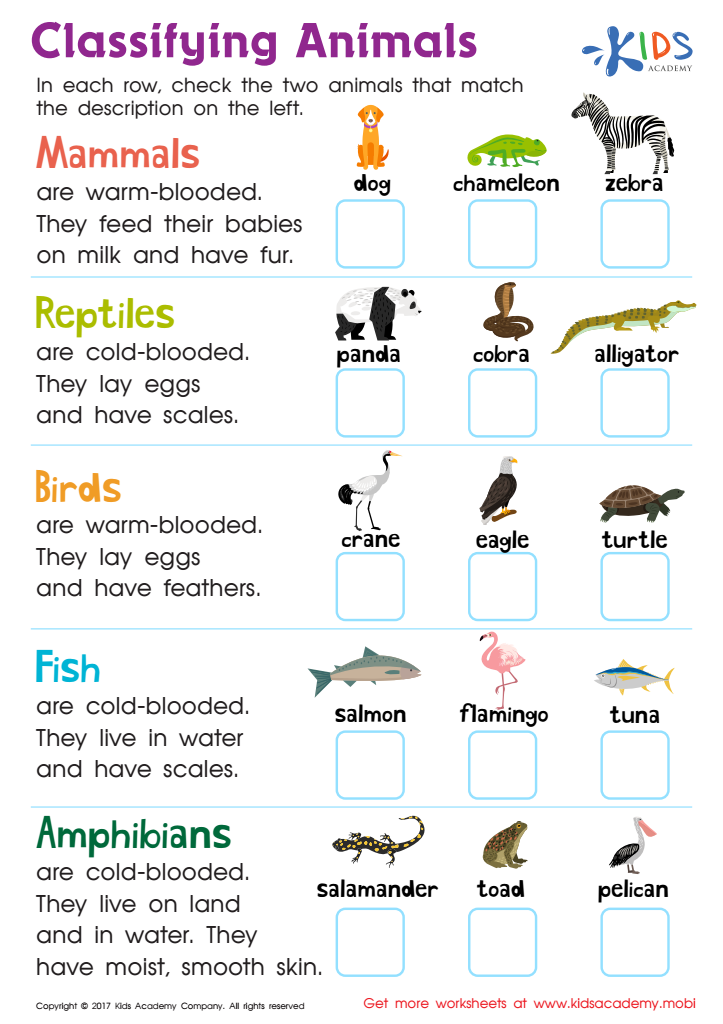

Classifying Animals Worksheet
Caring about animal classification is crucial for developing a child's understanding of the natural world, which can have multiple educational and personal growth benefits. For parents and teachers, introducing children to how animals are classified—into groups like mammals, birds, reptiles, amphibians, and fish—builds foundational scientific knowledge crucial for future learning in biology and environmental science.
First, learning about animal classification encourages critical thinking and observation skills. Children learn to distinguish between different species and recognize patterns, which fosters analytical thinking. Understanding these classifications helps children see the diversity and complexity of life around them, promoting a sense of wonder and curiosity.
Second, knowledge of animal classification lays a foundation for ecological literacy, helping children understand the importance of biodiversity and ecosystems. Children who appreciate the role of different animal groups in the environment are more likely to develop a sense of responsibility towards conservation and respectful cohabitation with nature.
Lastly, fostering an understanding of animal classification has socio-emotional benefits. Learning about various animals cultivates empathy and connects children across cultural and linguistic barriers, celebrating global diversity.
In essence, animal classification is not just about memorizing facts. It's an invitation to explore, understand, and respect the natural world, igniting a lifelong passion for learning and environmental stewardship.
 Assign to My Students
Assign to My Students




